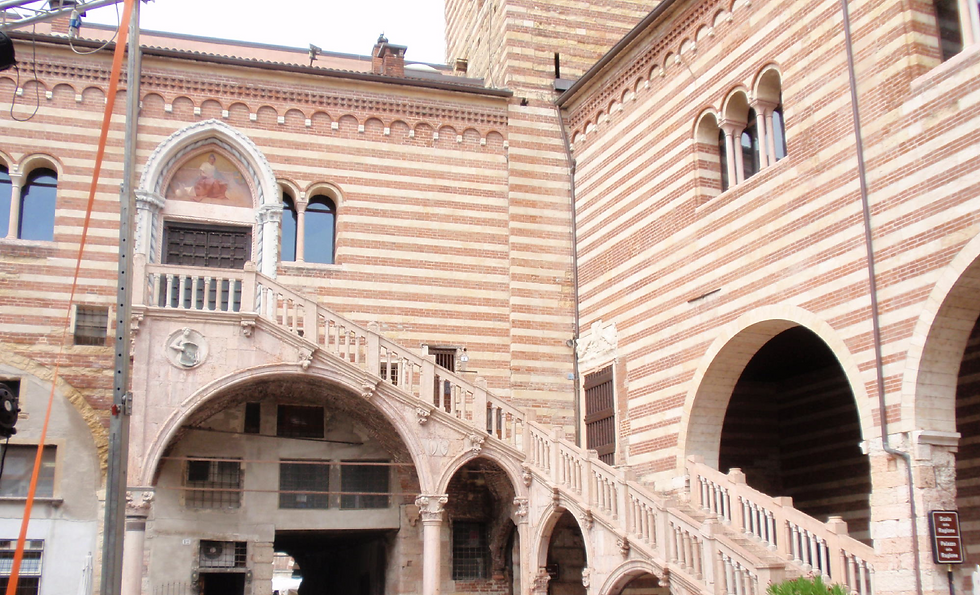

Savvy Sightseer - tips and insights for seasoned travelers!


Verona
Best known as the setting for Shakespeare's star-crossed lovers Romeo & Juliet, the true beauty and history of Verona lies more in its Roman ruins, architecture and tributes to historic families and figures.
Venture over one of the many bridges into the town of Verona and be prepared for quite an experience. The ancient Roman arena, third largest of its kind in the Roman world, spans history to the first century A.D. From gladiator battles to modern day opera festivals, this arena has showcased it all.
In Piazza dei Signori, also called Dante's Square, aficionados of architecture will have a field day. Gracing the center of the square is a statue of the Italian poet Dante, known for his Divine Comedy, especially the first section, the Inferno. This square's buildings reflect 500 years of architectural design - there is the 13th century Scaligeri residence (home of poet's patron and Verona's ruling family), noted for its inverted pontiff hat roof motif, the yellow 15th century Portico of the Counsel, an example of Venetian Renaissance work, and then there's the 12th century Romanesque Palace of Reason (Palazzo della Ragione). Other hidden gems are the olden-day equivalent of a "bully box" - a secret way for someone to write down a citizen's indiscretion and pass it through a hole in the wall for authorities to act on later - and the impressive Renaissance staircase. Underfoot, excavations are unearthing ancient homes.
For the romantics, Romeo and Juliet are given their due. Homes are attributed to Romeo and Juliet are duly identified. The oft-revised story of the star-crossed lovers is reportedly based on the strife between the local Montecchi (Montague) and Cappelletti (Capulets) families. In the courtyard below Juliet's balcony are all kinds of fun touristy photo ops. A red mailbox awaits letters from those seeking advice from Juliet (answered by the Juliet Club made famous in the movie Letters to Juliet), a statue of Juliet (legend has it rubbing her breast brings luck in love), a wrought iron wall on which current-day lovers can hook a note or their names and lock it for longevity, a not-so-appealing wall on which lovers use gum to post their notes and a tunnel of love-based graffiti.
More interesting is the nearby court of the church of Santa Maria Antica, where tombs of the Scaligeri (aka Scala) Family are set off from the street behind iron grills. These Gothic style tombs pay tribute to the family who ruled Verona during the 13th and 14th centuries and are rich with symbolism. Ladders are featured in the grillwork, symbolizing the family source of wealth and their business of laddermaking. Equally prominent are dogs, who represent the patriarch's chosen nickname - Big Dog (Cangrande).
Mouse over the images below for additional information, or click the set to view as a slideshow.











A disguised, but obviously happy tourist who felt if one rub would bring luck in love, two would be even better!



On the left, held aloft by four pillars, is the burial place of Mastino II - the Mastiff.

Burial place of Cansignorio - the Lead Dog.

Burial place for Cangrande - the Big Dog


Continue your trip through Italy with a visit to the Milan, Lake Garda, Lake Como, Lake Lugano or Lake Maggiore pages,
or go back to the Italy home page.


